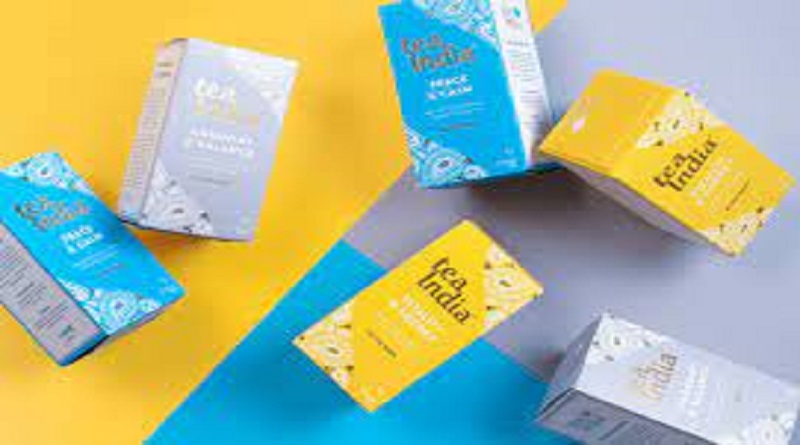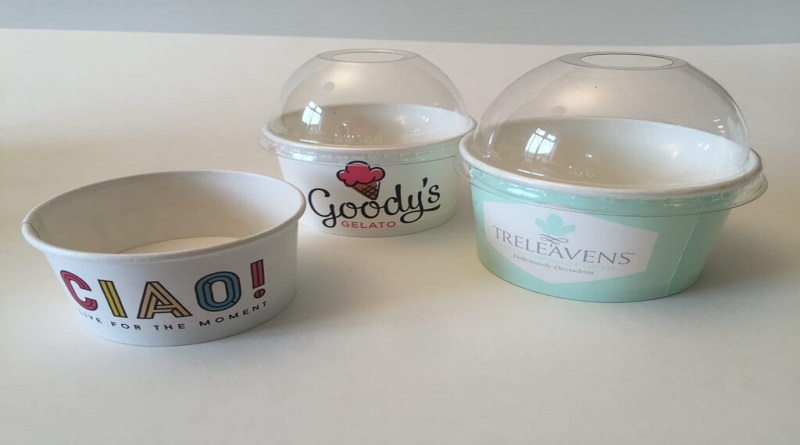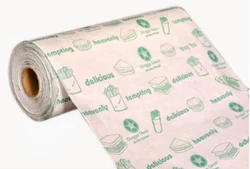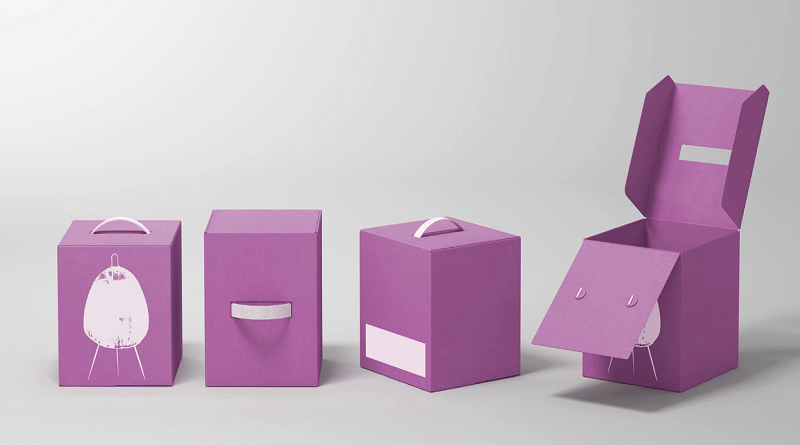The custom tea boxes are an important element in determining the brand identity and marketability of any brand in the current tea market. Companies that want to differentiate themselves usually resort to specialty packaging strategies that combine a purpose with a form. But there is more to the process of designing these boxes than it may seem.
Between the choice of materials, logistics, and a few other factors, there are various issues companies have to contend with when they create packaging that aims to satisfy both the brand’s desires and the wants of the consumers. Being aware of these issues is understood to produce top-quality packaging that appeals to target markets and provides security, safety, and sustainability of products.
Seeking the Appropriate Materials
Choosing the appropriate material to pack tea may be a problem because of the different types of tea and brand choices. Officials prefer to use takeaway afternoon tea boxes because of their long-lasting features as well as environmentally friendly nature, yet the orientation of the right grade, thickness, and finishing can influence cost, protection, and cosmetics. The inability to choose the right materials may result in either packaged goods getting deformed due to the moisture or packs being crushed, all of which will reduce the commodity value and brand credibility. There is also an increasing pressure in sustainability requirements that are given to recyclable or biodegradable alternatives, which complicate sourcing and designing decisions further.
Storing Fresh Tea
Air, light, and moisture are very sensitive to tea, and therefore, tea packaging has to warrant long-term freshness. A typical problem with custom tea box wholesale production is that the box should be of good appearance and capable of sealing. The brands have to create a balance between ventilation and barricade of protection, and in most cases, combine the cardboard tea boxes with inners. Unless done properly in terms of sealing and structure designing, freshness may be compromised, resulting in stale products and clients.
Trade-Off of Cost Effectiveness
The issue of cost management is recurrent in the custom packaging industry. Custom tea boxes are usually printed in a special way, comprising embossing, foiling, and a variety of sizes that need to be cut up, meaning that the general cost of production is higher. In competitive markets such as the tea packaging boxes in the UK, it is hard to balance between quality and cost, whether you are dealing with small to mid-sized brands. The unit costs can be low when made in bulk, but the initial investments can be a lot. When it wants luxury with low-cost manufacturing, dealing with costs is even more important.
4Fulfilling Brand Beauties
Design is a critical factor in the perception of a product by consumers. Tea boxes should be specially designed to represent the brand, as well as fit in the context of a seasonal mg campaign or a limited edition. Brands tend to have difficulties in balancing the visual aspect, print precision, and package form. Mismatched coloring, substandard print, or inappropriate design, etc., will hurt customer impression and brand consistency. This type of error may be avoided by establishing effective communication between design departments and manufacturing departments.
Structural Integrity Ensurance
Tea packaging is important in functional design. Boxes should be convenient to open, to put in, and to carry the tea without damaging it. An example of such requirements is the takeaway afternoon tea boxes, which have to be portable and strong but still stylish. The difficulty appears in the design of foldable and durable elements, which may take the stress of transportation and sit on top of one another. It may be undermined by weak joints, bad fold alignment, or weak adhesives. The trial-and-error method, as well as prototyping, becomes a critical process of preventing structural defects.
Customization Boundaries Navigation
Brands will desire a heavy degree of customization, such as die-cut windows and magnetic closures. Custom-made tea boxes, however, can have limitations on manufacturing due to the facilities available and materials as and budget. Not every desirable feature is practical, and making efforts towards complex elements may end up compromising the design or even increasing the cost. Being knowledgeable about what can actually be done and working closely with the suppliers are approaches that aid in making appropriate design decisions.
Abiding by Regulations
Tea packaging in countries such as the UK should conform to food regulations, labeling regulations, and environmental provisions. Wholesale custom tea boxes tend to need inks, materials, and printing procedures to be certified. A non-compliance error may cause launches to be delayed or face a fine. Among the difficulties are keeping abreast of he changing legislation, particularly in the spheres of recyclability and labeling allergens, and keeping every packaging partner at the required level.
Management of Logistics and Delivery
Half the battle is production. The personalised tea boxes must be timely and particularly when promoting the product during the season or launching new products. Lost sales may be incurred through shipping delays, customs problems, or uncontrolled inventory. A global supply chain interruption may be experienced due to the disruption of lead times and materials in the example of tea Custom boxes UK. Dependable logistics scheduling, alternative dealers, and clear schedules are the main ingredients to successful dropping.
Conclusion
The art of custom tea packaging requires the resolution of various obstacles in order to plunge into the world of packaging design: the choice of material, compliance with standards, and logistics. Every phase requires details, control of costs, and thorough knowledge of the requirements in the market. Businesses that invest in the manufacture of cardboard tea boxes or takeaway afternoon tea boxes should keep the edge on these challenges to guarantee brand honesty and consumer happiness. We could reduce the potential problems and forge solutions that actually represent the brand and the brand itself by cooperating with suppliers that are quite skilled.




